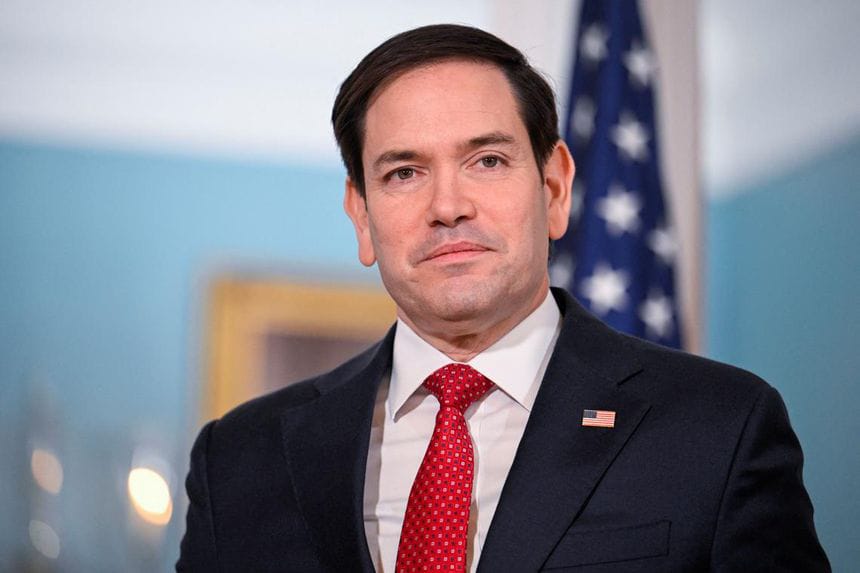(By: Mian Iftikhar Ahmad)
The government shutdown in the United States is not merely a result of budgetary deadlock but a reflection of deep political divisions and systemic fragility within the world’s largest economy. When Congress fails to pass a funding bill, federal departments and agencies begin to halt operations, “non-essential” offices close down, hundreds of thousands of employees are sent home without pay, and the entire administrative, economic, and security machinery slows down. The recent shutdown has affected not only American citizens but also global financial and political systems, as even a single day of administrative paralysis in the U.S. triggers uncertainty in markets across the world.
The most immediate impact appeared in aviation. The Federal Aviation Administration (FAA) reduced operations at around 40 major U.S. airports for safety reasons, initially by 4 percent, later reaching 10 percent, and warned of potential 20 percent cuts if funding was not restored. With thousands of air traffic controllers and safety personnel forced to work without pay or furloughed, the air system came under immense pressure, leading to mass flight cancellations and delays across New York, Atlanta, Chicago, Dallas, and Denver. Airlines revised schedules downward, and the tourism sector faced immediate setbacks. Experts warned that if the shutdown persists, aviation safety training, maintenance programs, and equipment inspections would be delayed—raising future operational and safety risks.
The U.S. military, while maintaining active operations, has also felt the effects of the funding lapse. The Pentagon continues critical defense missions, but non-essential activities, training programs, and procurement contracts are either suspended or delayed. Under federal law, active-duty personnel must continue to serve, but many civilian defense employees and contractors are furloughed or working without pay. This disrupts defense supply chains and slows logistical coordination. At various overseas bases, local employees have stopped receiving salaries, weakening daily operations and support systems. Defense analysts warn that such interruptions undermine long-term readiness and project timelines, as lost time and halted programs cannot be easily recovered.
American diplomatic and foreign missions have also been hit. Many embassies are operating with minimal staff, limiting visa services, cultural initiatives, and public diplomacy programs. Development projects and educational exchanges have been temporarily suspended, while U.S. immigration services face massive backlogs, affecting students, investors, and travelers worldwide. These disruptions illustrate the extent to which American administrative efficiency depends on political consensus.
The root cause of the shutdown lies in Congress and the partisan standoff between Republicans and Democrats. Both parties failed to agree on a comprehensive budget, mainly due to disputes over defense spending, healthcare funding, and social welfare programs. Republicans insist on reducing government expenditures to control debt, while Democrats prioritize maintaining welfare and infrastructure funding. The result is a political impasse that repeatedly shuts down government functions, leaving ordinary citizens and federal employees to bear the consequences.
Economists estimate that a prolonged shutdown could permanently reduce U.S. GDP by $7 to $14 billion, with weekly economic losses ranging between $7 and $16 billion depending on the duration. The tourism, hospitality, transport, and convention industries are already losing billions. Government project approvals and private contracts have been frozen, dampening investor confidence. Small businesses dependent on federal clients are struggling with cash flow shortages, and defense suppliers face procurement delays.
Beyond financial losses, the human cost is severe. Millions of public servants are living paycheck to paycheck, veterans and their families are struggling to afford necessities, and social programs have slowed or paused. Although federal workers typically receive back pay after the shutdown ends, the time lost, morale damage, and emotional toll are irreparable. Economists warn that such political dysfunction undermines global confidence in the United States. When the world’s largest economy fails to keep its government functioning, it sends shockwaves through global markets—reflected in dollar fluctuations, stock sell-offs, and reduced foreign investment confidence.
The end of this crisis depends entirely on a political compromise. Analysts predict that Congress may eventually pass a short-term “continuing resolution” to reopen the government temporarily, but without structural budget reform, such crises will recur. If the deadlock continues, the U.S. could face not only domestic instability but also a loss of global credibility as a stable economic power.
In essence, the American government shutdown represents more than administrative paralysis—it embodies political stubbornness and institutional fragility within a deeply polarized society. It exposes vulnerabilities in a system that, despite its immense economic power, remains hostage to partisan interests. Unless resolved through genuine bipartisan negotiation, such shutdowns will continue to erode national security, economic stability, and the trust of both citizens and the international community in the strength and reliability of American democracy.



